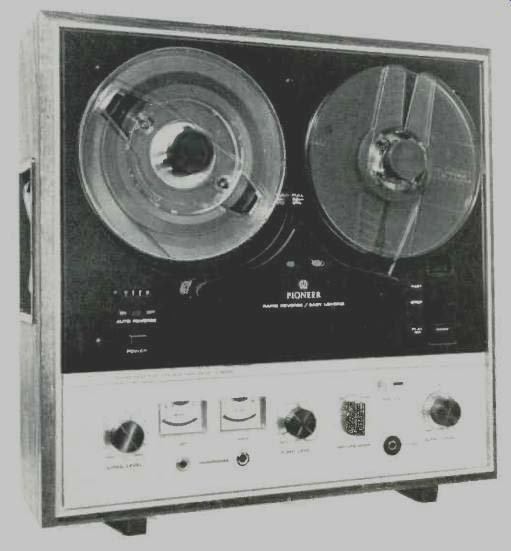
MANUFACTURER'S SPECIFICATIONS:
Drive and Control: Center-capstan drive mechanism with automatic reverse in record and playback by sensing foil, or manual operation.
Motor: Hysteresis synchronous motor.
Reel Size: 7 inch, maximum. Heads: 2 4-Track 2-channel heads for recording and playback, 2 heads for erase. Tape Speeds: 7-1/2 and 3-3/4 ips.
Fast Winding Speed: Approx. 110 seconds for 1200 feet of tape. Wow and Flutter: Less than 0.12% rms at 7-1/2 ips; less than 0.20% rms at 3-3/4 ips
Frequency Response: 30-20,000 Hz (50-15,000 Hz±3dB) at 7-1/2 ips; 30-13,000 Hz at 3-3/4 ips.
Signal to Noise Ratio: 50 dB.
Transistor Complement: 18 Transistors and 8 diodes.
Power Source: 110, 117, 130, 220, 240 volts a.c.
Maximum Power Consumption: 80 VA, 73 watts.
Overall Dimensions: 17-1/4" W x 17-1/8"D X 7-7/16"H.
Weight, Unpacked: 31 1/4 pounds.
Price: $300.00.
From Pioneer comes a useful and easy to use 4-track self-reversing deck in the medium price class, which meets its fine specifications without a hitch. The most significant feature of this machine is its quick reversing capability which assures a minimal loss during the change cycle while recording. Many decks have automatic reverse during playback, but so far, relatively few provide for doing it in record too. The advantage of auto reverse during recording is that we won't ruin a recording nor run out of tape because the automatic reversing takes place faster than anyone can manually flip the reels round for a second pass.
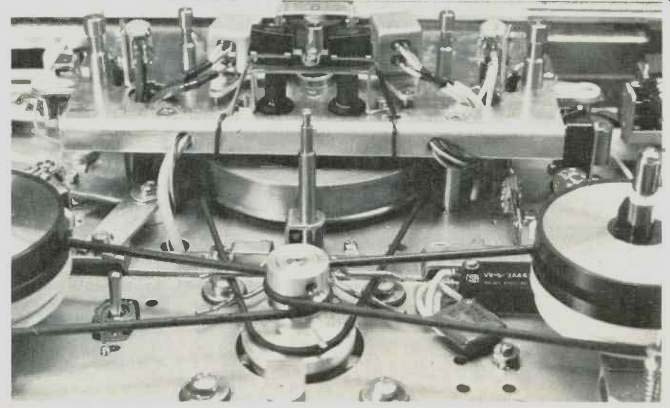
Fig. 1--Rear view, showing drive arrangement.
The Model T-600 is a one-motor machine, reliably engineered to drive both turntables, capstan/flywheel, and tape counter-all at the right time with the proper force. The motion is transmitted via neoprene rubber belts, as shown in Fig. 1. A stepped pulley, driven by a hysteresis synchronous motor, simultaneously drives a capstan/flywheel and both turntables.
The turntables are driven by the belts via clutches. Speed change is accomplished by shifting the capstan belt to a different portion of the pulley. A spare 50-Hz pulley is supplied with the deck, should the user wish to use it in parts of the world where the line frequency is 50 Hz. Input voltages are also selectable, so this machine can be used with any kind of a.c. power. The four-digit tape index counter is driven by the supply turntable via neoprene belts.
The head arrangement shown in Fig. 1, is uncluttered and cleverly designed. Four heads and associated guides are mounted on a solid 3/32 metal plate, two on each side of the capstan. The outer two are erase heads, working one in each direction when recording. The same goes for the remaining record/reproduce heads. The pressure roller, two stationary guides and a protective cover swing completely away for threading.
The two small guides, one on each side of the pressure roller, ensure good head contact and minimize flutter. A spring loaded, counter-balanced and damped pin-guide, which swings at the in going stationary guide and another at the outgoing side also act as the sensing posts for reversal. One advantage of the centrally mounted capstan pressure roller assembly is that regardless of which direction the tape is traveling, it is being pulled across the recording/reproduce head and not pushed along as on some other reversing machines. Thus, a more even tape motion and better head-to-tape contact is likely. Another nice feature is the way in which the direction of tape travel is reversed manually. See Fig. 1.
Simply press one of the arrows and that's all there is to it! Tape direction is indicated by one of the two illuminated arrows. It's interesting to note that regardless of which direction the machine is set, when shut off, it resets to go to the right whenever power is first applied. So much for reversing.
Electronically, the deck is produced in the fine construction tradition of Japanese manufacturers. See Figs. 2 and 3. The electronic components are well laid out, fastened, and neatly interconnected, adding to the compactness of the deck. One gets the distinct feeling of un-crowding, however, with lots of space inside and all around. The reason for the deck's size seems to be the spread of the controls rather than the need for component space.
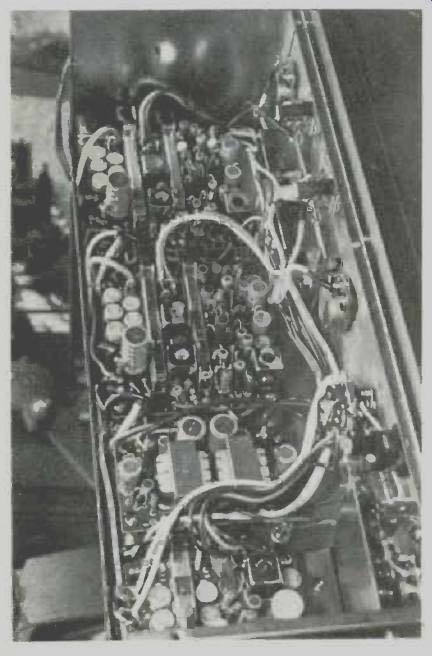
Fig. 2--View of electronics chassis showing the four printed boards.
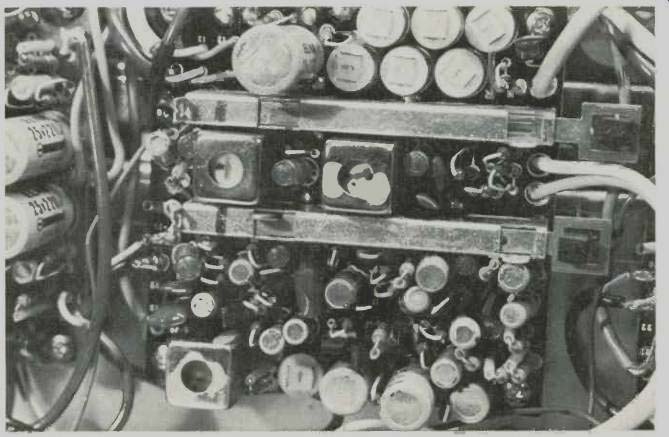
Fig. 3--Close-up of a record/replay circuit board.
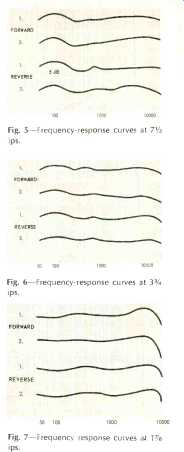
Fig. 5-Frequency-response curves at 7 1/2 ips.
Fig. 6-Frequency-response curves at 3 ¾ ips.
Fig. 7-Frequency response curves at 1 7/8 ips.
Considering the reversing capability of the unit, we were pleasantly surprised at its overall simplicity of operation. Aside from the convenient and effective reversing controls, the deck has only five more knobs and two VU meters, all intuitively placed and positive acting. It was a pleasure to operate this unit.
We tested the T-600 using Scotch 150 tape, on which it seems to work best as adjusted from the factory. The playback frequency-response curves are shown for both directions (therefore, both heads) at 7%2 ips, in Fig. 5, averaging 50-15,000 Hz ±2 dB. The playback signal-to-noise ratio, referred to 0 VU of the standard Ampex alignment tape, was measured at 61 dB forward and 55 dB in reverse. 55 dB is excellent and 61 dB is phenomenal.
In record/reproduce the signal-to-noise ratio, again referred to 0 VU, was 50 dB, just as specified. The frequency response is shown in Fig. 6 and 7 for the two speeds, and they are within 0.5 dB in both directions. It averages out as follows: 50-15,000 Hz ±2 dB at 7 1/2 ips and 50-9,000 Hz ±2 dB at 33/4 ips. Both heads are very similar, insuring uniform good response in both directions.
Wow-and-flutter was also well within specifications, at 0.08 and 0.175% rms at 7 1/2 and 3 3/4 ips, respectively. We measured the distortion of the 80-kHz bias oscillator at 0.08%, which is pretty good in this class. Third-harmonic distortion at 0 VU measured 0.8% at 7 1/2 ips and 1.5% at 3 3/4 ips, which is average. Fast forward and rewind of a 7" reel of 1200 feet of tape was accomplished in 120 seconds, which is slow but even. The machine is relatively quiet while operating. The fixed output yielded 0.65 volts out at 0 VU, 700 Hz, while the maximum available signal out of the variable output is 1.5 volts. The deck was fun to use and came up with nice recordings off the air, from records, and using microphones. It was never temper mental and the tape never once got away from us. It's the sort of machine we wouldn't mind getting stranded in the dark with. We think it's a fine value and recommend it highly for 4-track use in medium priced systems.
(Adapted from: Audio magazine, Mar. 1970)
Also see:
Pioneer CT-F7171 Cassette Deck (Nov. 1975)
Pioneer tape decks (ad, May 1975)
= = = =